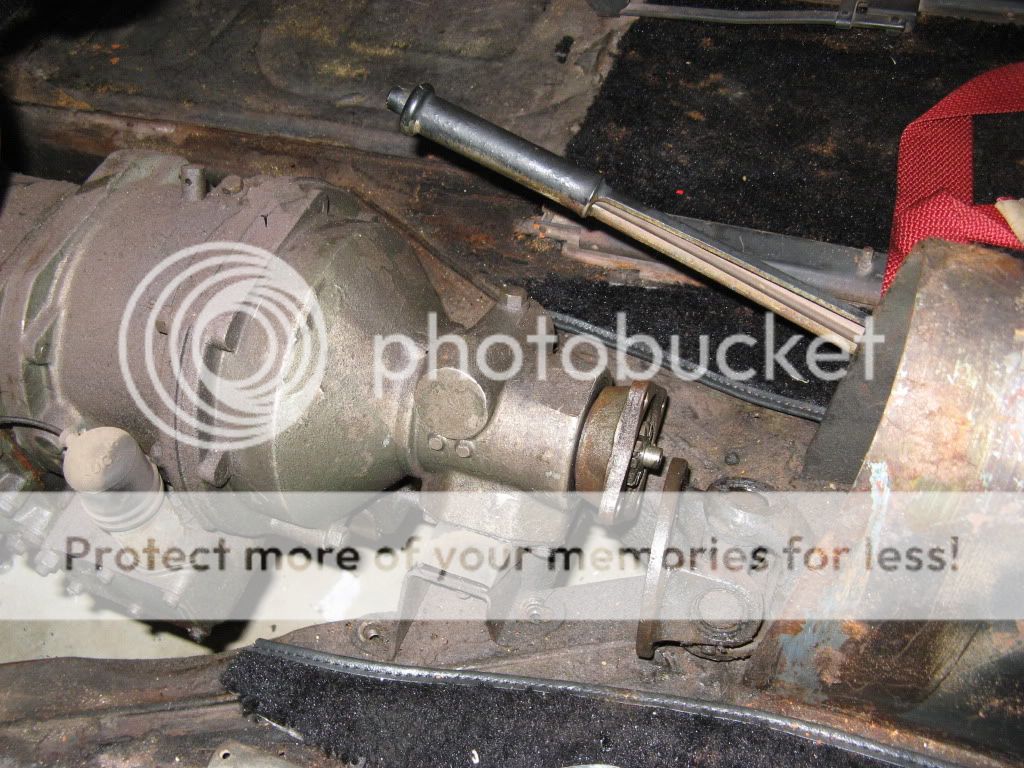nevets
Jedi Knight
Offline
My overdrive is sluggish, meaning when I flip the switch it can take more than a minute to finally engage. However, once the car is warmed up, say after 20 min of drivng, it engages more readily. And after it's been engaged for a while, then disengaged, then next time I flip the switch, it engages immediately, and each time thereafter (until the next time I drive the car from cold). Never any hesitation disengaging, I might add.
Any ideas about what the problem might be? The trans oil level is where it should be.
Any ideas about what the problem might be? The trans oil level is where it should be.

 Hi Guest!
Hi Guest!

 smilie in place of the real @
smilie in place of the real @
 Pretty Please - add it to our Events forum(s) and add to the calendar! >>
Pretty Please - add it to our Events forum(s) and add to the calendar! >> 
